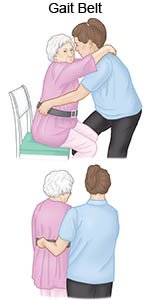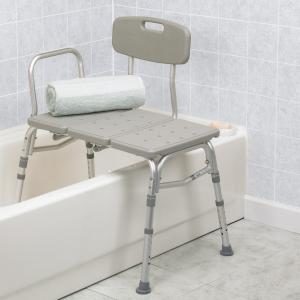Text Size
A
A
Reset Text
Questions? We're here for you.
Stay safe from injury while helping a person with limited mobility transfer from one position to another.

Use the arrows to scroll through these nine videos. See how to do common caregiving actions for a person who has limited mobility.
Assisting a person from lying to sitting:
 Rising from sitting to standing position:
Rising from sitting to standing position:
If you are moving to any type of chair after standing, incorporate the following steps:
 When weakness prevents a person from standing for long periods, a shower chair or bath bench can be used for safety when bathing.
When weakness prevents a person from standing for long periods, a shower chair or bath bench can be used for safety when bathing.If you need help urgently for an Agrace Hospice Care patient, please call. Otherwise, email us directly at caregiversupport@agrace.org, or send your questions through our online contact form.
Call to talk to an interpreter / Tenemos intérpretes disponibles: (800) 930-2770
For more expert advice from Agrace, visit Agrace.org/CareTips.
©2024 Agrace - All Rights Reserved. | Privacy Policy